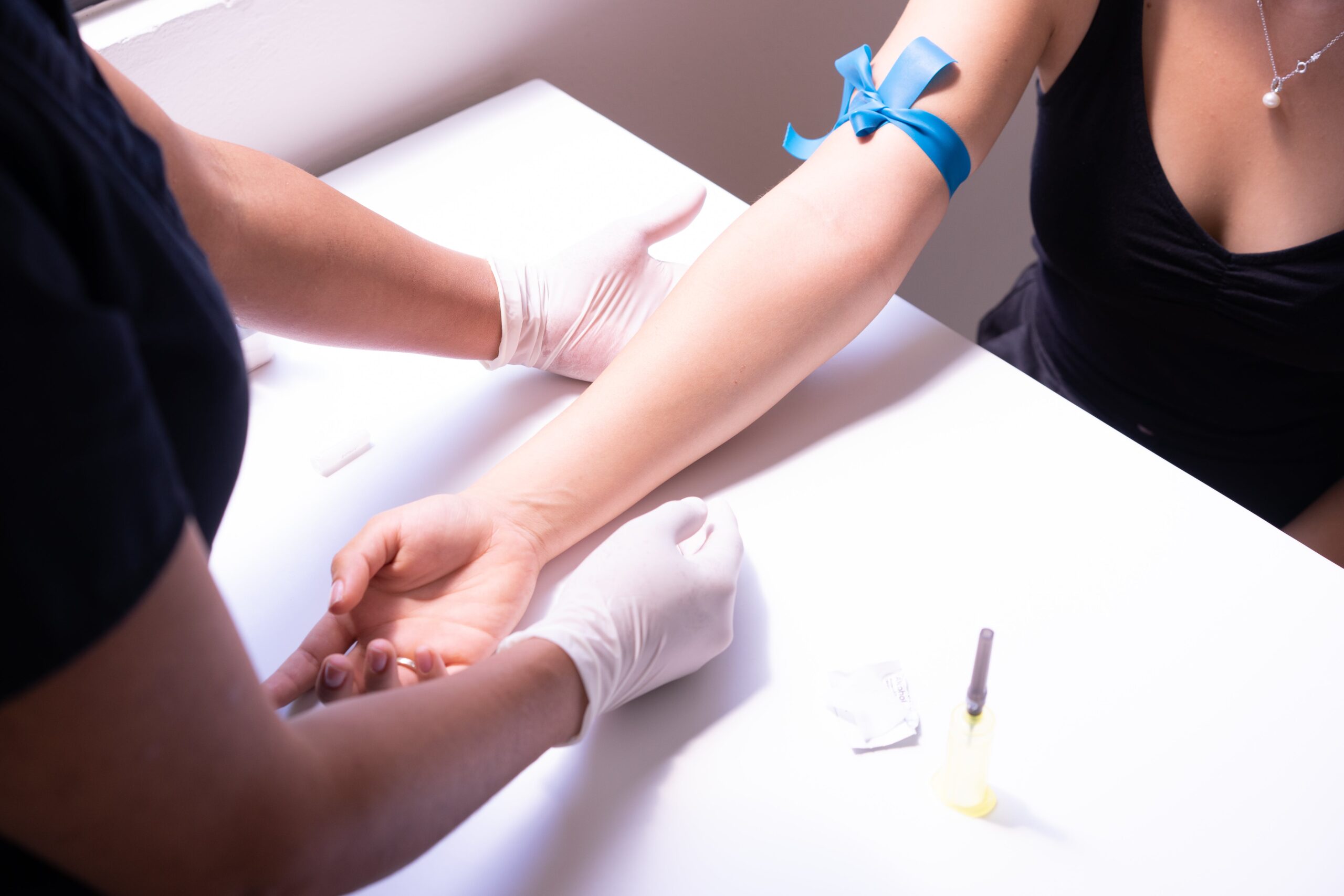Northeast Medical Institute - New Haven Campus Phlebotomy Course & Cna Class - Truths
Northeast Medical Institute - New Haven Campus Phlebotomy Course & Cna Class - Truths
Blog Article
Fascination About Northeast Medical Institute - New Haven Campus Phlebotomy Course & Cna Class
Table of ContentsThe Definitive Guide to Northeast Medical Institute - New Haven Campus Phlebotomy Course & Cna ClassSome Known Details About Northeast Medical Institute - New Haven Campus Phlebotomy Course & Cna Class Northeast Medical Institute - New Haven Campus Phlebotomy Course & Cna Class - The FactsSome Of Northeast Medical Institute - New Haven Campus Phlebotomy Course & Cna ClassNortheast Medical Institute - New Haven Campus Phlebotomy Course & Cna Class for DummiesExamine This Report on Northeast Medical Institute - New Haven Campus Phlebotomy Course & Cna Class
The usage of such gadgets must be come with by other infection prevention and control techniques, and training in their use. Not all safety tools are suitable to phlebotomy. Prior to picking a safety-engineered tool, users must extensively explore offered gadgets to identify their suitable usage, compatibility with existing phlebotomy methods, and effectiveness in protecting staff and clients (12, 33).For settings with reduced resources, cost is a driving element in procurement of safety-engineered tools. Where safety-engineered tools are not available, skilled use of a needle and syringe is acceptable.
labelling); transport conditions; analysis of results for scientific monitoring. In an outpatient department or facility, give a dedicated phlebotomy work area containing: a tidy surface area with two chairs (one for the phlebotomist and the various other for the patient); a hand clean container with soap, running water and paper towels; alcohol hand rub. In the blood-sampling area for an outpatient department or center, supply a comfortable reclining couch with an arm remainder.
The Best Strategy To Use For Northeast Medical Institute - New Haven Campus Phlebotomy Course & Cna Class
Make certain that the indications for blood sampling are clearly defined, either in a written protocol or in recorded directions (e.g. in a laboratory type). Whatsoever times, follow the approaches for infection prevention and control provided in Table 2.2. Infection prevention and control practices. Accumulate all the tools needed for the procedure and area it within risk-free and simple reach on a tray or cart, ensuring that all the items are clearly noticeable.
Present on your own to the patient, and ask the person to state their complete name. Inspect that the lab type matches the client's identification (i.e. match the patient's information with the laboratory type, to guarantee exact recognition).
Make the client comfy in a supine setting (if feasible). The individual has a right to refuse a test at any time before the blood sampling, so it is essential to guarantee that the individual has comprehended the treatment - Phlebotomy Courses.
The 9-Minute Rule for Northeast Medical Institute - New Haven Campus Phlebotomy Course & Cna Class
Prolong the individual's arm and inspect the antecubital fossa or lower arm. Locate a vein of a great size that is noticeable, straight and clear. The diagram in Area 2.3, shows usual placements of the vessels, but many variations are possible. The median cubital vein exists in between muscle mass and is normally one of the most simple to puncture.
DO NOT put the needle where capillaries are drawing away, due to the fact that this boosts the possibility of a haematoma. The vein needs to show up without applying the tourniquet. visit homepage Finding the blood vessel will certainly assist in identifying the correct dimension of needle. Apply the tourniquet about 45 finger sizes over the venepuncture website and re-examine the vein.
Specimens from central lines bring a threat of contamination or incorrect research laboratory examination results. It is appropriate, yet not suitable, to attract blood specimens when initial presenting an in-dwelling venous gadget, prior to attaching the cannula to the intravenous fluids.
Our Northeast Medical Institute - New Haven Campus Phlebotomy Course & Cna Class Statements
Failure to allow sufficient get in touch with time boosts the risk of contamination. DO NOT touch the cleaned up site; in specific, DO NOT position a finger over the blood vessel to assist the shaft of the subjected needle.
Ask the client to develop a hand so the veins are more prominent. Get in the blood vessel swiftly at a 30 level angle or less, and remain to introduce the needle along the blood vessel at the easiest angle of entry - PCT Training. As soon as enough blood has been gathered, release the tourniquet BEFORE withdrawing the needle
The Definitive Guide for Northeast Medical Institute - New Haven Campus Phlebotomy Course & Cna Class
Take out the needle delicately and apply gentle stress to the site with a clean gauze or dry cotton-wool sphere. Ask the patient to hold the gauze or cotton woollen in location, with the arm expanded and raised. Ask the person NOT to flex the arm, due to the fact that doing so creates a haematoma.

Some Known Incorrect Statements About Northeast Medical Institute - New Haven Campus Phlebotomy Course & Cna Class
Do not press the syringe bettor due to the fact that extra stress raises the risk of haemolysis. Where possible, maintain the tubes in a shelf and move the rack towards you. Infuse downwards right into the proper coloured stopper. DO NOT remove the stopper because it will certainly launch the vacuum cleaner. If the sample tube does not have a rubber stopper, inject incredibly slowly into television as lessening the stress and speed used to transfer the sampling minimizes the danger of haemolysis.

Report this page